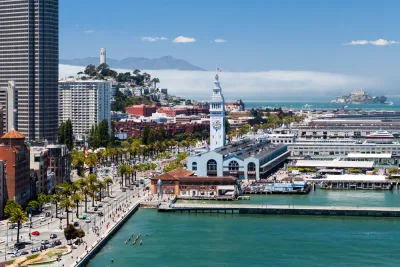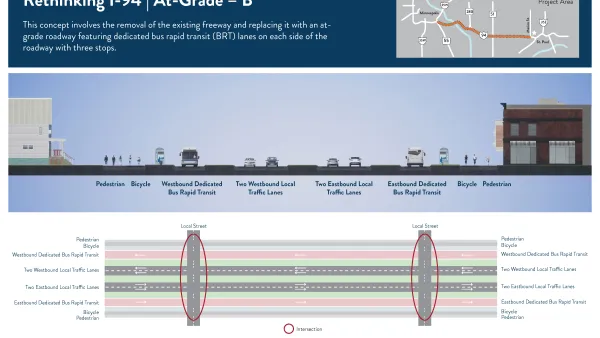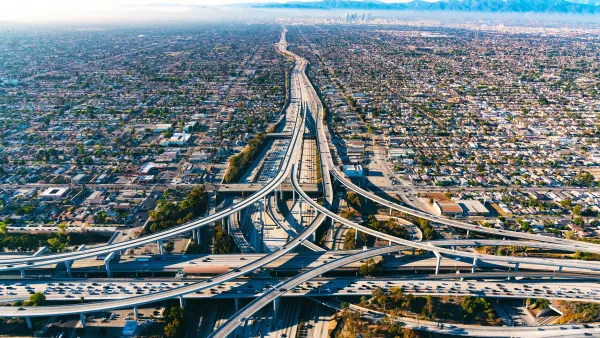Although the concept has recently received more national attention thanks in part to the federal Reconnecting Communities Act, cities have shown reluctance to support highway removal projects.

Although the concept of freeway removal is picking up steam as more communities call for a reversal of the car-centric policies that led to rampant highway construction over the last half century, the movement still faces some challenges. Pointing to an example from Dallas, Texas, Jared Brey writes that some cities and transportation departments are still less than willing to support full highway removal. Meanwhile, the $1 billion program for highway removal in the Infrastructure Investment and Jobs Act is “much smaller than originally envisioned, when it was included in Biden’s Build Back Better proposal with $20 billion of funding.”
Maintaining highways is a costly and time-consuming physical feat, but so is removing them. And it leaves open tough questions about what should be done with the new space that it creates: How it should be used and by whom, for whose benefit and profit.
As Brey writes, “In Dallas, TxDOT is hoping to move ahead with a plan to sink portions of I-345 but keep the highway intact,” citing the potential for additional congestion if the highway is removed altogether. “But there’s much more at stake in highway removal, from potential health benefits to adjacent communities to the possibility of ever-more-rapid gentrification.”
FULL STORY: Highway Removal a High Hurdle, Even With New Funding

National Parks Layoffs Will Cause Communities to Lose Billions
Thousands of essential park workers were laid off this week, just before the busy spring break season.

Retro-silient?: America’s First “Eco-burb,” The Woodlands Turns 50
A master-planned community north of Houston offers lessons on green infrastructure and resilient design, but falls short of its founder’s lofty affordability and walkability goals.

Delivering for America Plan Will Downgrade Mail Service in at Least 49.5 Percent of Zip Codes
Republican and Democrat lawmakers criticize the plan for its disproportionate negative impact on rural communities.

Test News Post 1
This is a summary

Test News Headline 46
Test for the image on the front page.

Balancing Bombs and Butterflies: How the National Guard Protects a Rare Species
The National Guard at Fort Indiantown Gap uses GIS technology and land management strategies to balance military training with conservation efforts, ensuring the survival of the rare eastern regal fritillary butterfly.
Urban Design for Planners 1: Software Tools
This six-course series explores essential urban design concepts using open source software and equips planners with the tools they need to participate fully in the urban design process.
Planning for Universal Design
Learn the tools for implementing Universal Design in planning regulations.
EMC Planning Group, Inc.
Planetizen
Planetizen
Mpact (formerly Rail~Volution)
Great Falls Development Authority, Inc.
HUDs Office of Policy Development and Research
NYU Wagner Graduate School of Public Service





























